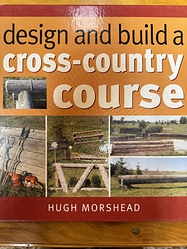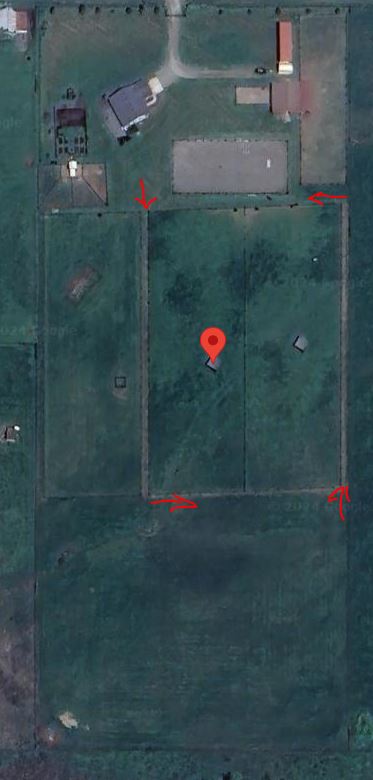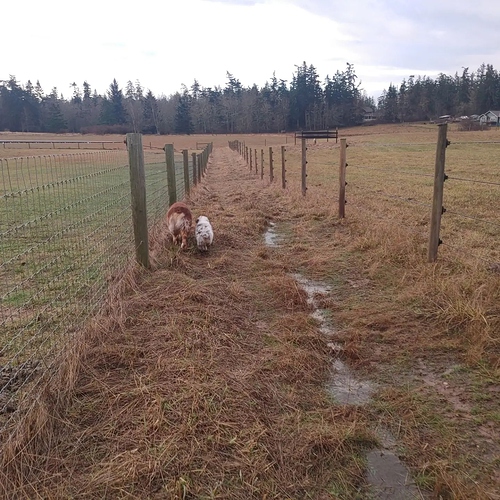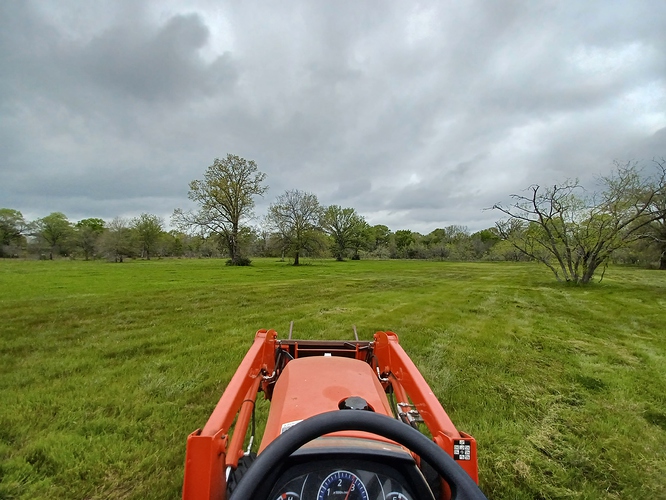Somehow, it has been a full decade since I last competed or even schooled XC  hoo boy. The reasons were many and the back story is long, but suffice to say I finally have a horse in my barn that I think might actually enjoy it now, and I am excited. To add to my good fortune, I also have ~6-8 acres on which I can build my own personal mini XC course to school over.
hoo boy. The reasons were many and the back story is long, but suffice to say I finally have a horse in my barn that I think might actually enjoy it now, and I am excited. To add to my good fortune, I also have ~6-8 acres on which I can build my own personal mini XC course to school over.
Given what you’re finding on courses these days, what would you find to be the most valuable fences/obstacles to be able to school regularly at home for the lower level horse? Ditches, banks and a small water obstacle are on my list but beyond that I’m coming up short. General ideas for XC fence building definitely welcome, too!










